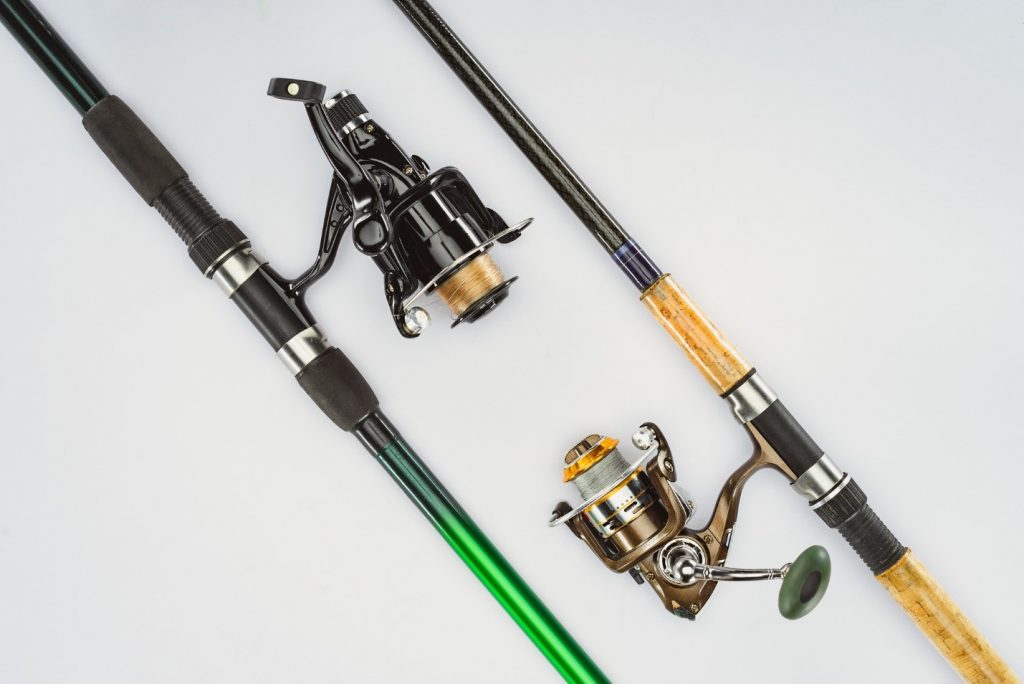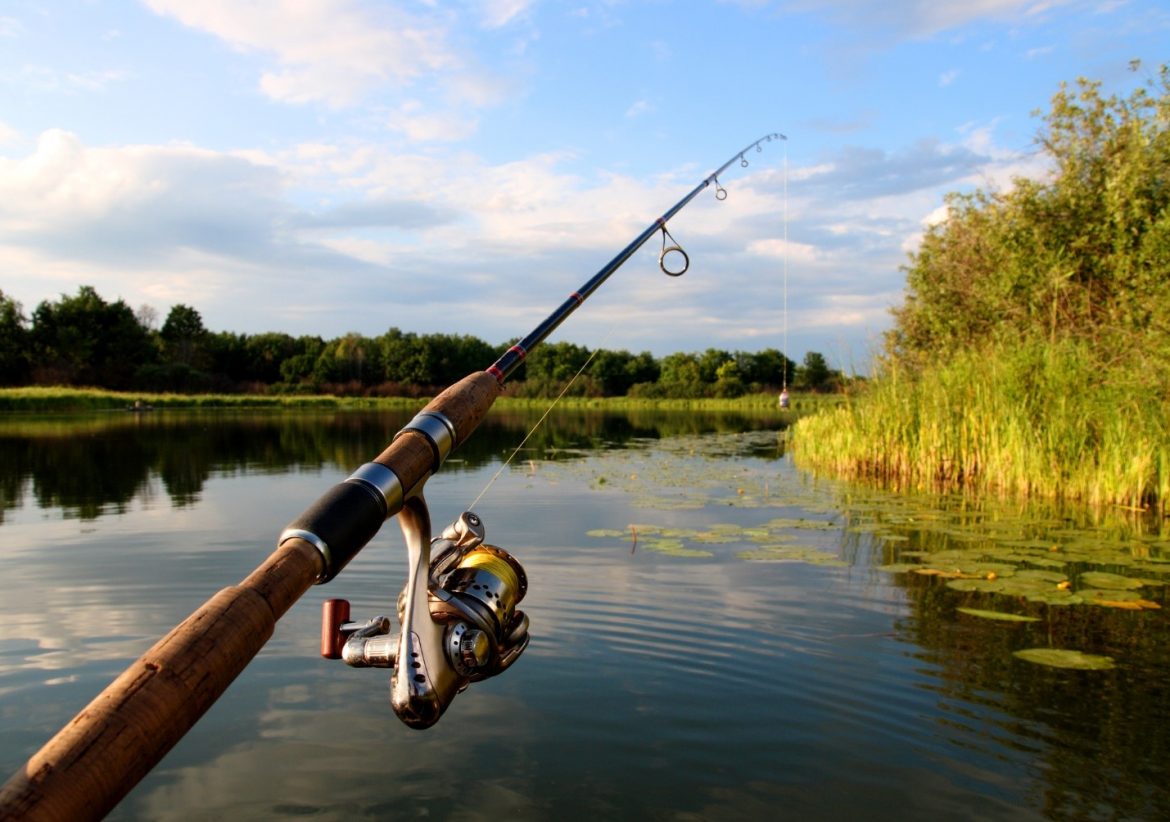You may be new to bass fishing, and you want to know how you can be a better angler. With a lot of rods and reels to choose from today, it’s normal for newbies to feel overwhelmed. There are also complex types of rods that you have to choose from, like the spin-cast, casting, or spinning set-ups.
To make things easier, it’s best if you have an idea of each of these set-ups. For beginners, it’s easier to start with the spinning varieties because they are easier to learn and master. They are well-suited for finesse applications, and they are lightweight. Even seasoned bass anglers like to carry them wherever they go on trips.
All-Around Specs for Spinning Rods
- The length of the rod should be about 7 feet
- Power should be from medium to medium light
- Actions should be fast
A 7’ is perfect for spinning rods because it’s the ideal compromise between a longer rod that increases the distance of the casting and the short pole, which is used for more accuracy. You can click here for an in-depth review of the best ones that will give you the highest chance to catch a bass. Some may be extra-fast and are made up of stainless steel for more durability.
You can make an exception and avoid the 7’ altogether, especially if you’re looking for a topwater rod that is generally shorter in length. With these varieties, the point of the tip should face downwards on the surface of the water when you start to retrieve the lures.
Perform better when the power is from medium to medium-light. You should not choose rods that are too light because you need the backbone to set the hook inside the bass’ bony mouth. Another thing is that if lady luck is on your side and you have hooked a fish that weighs about 5 pounds, the power is usually more than sufficient enough to pull it away from its covers.
Finally, one factor to look for when you’re a beginner is a fast-action rod. It would be best if you had this since especially when you cast lightweight rigs and lures. Precise movements and control are needed, especially when it’s time for retrieval.
Ideal Reel Specs for Bass
The reel sizes should ideally be 2,500. The retrieval speed should be medium at 25 to 35 inches on each turn. For bass fishing, it’s not recommended to go to the super-light options when it comes to spinning reels. The bass can grow into larger sizes, and they put in a lot of fights when they know that they have been hooked. Choosing 2,500 sizes of reels is ideal because they are definitely stronger than the 1,000 and 2,000 varieties. Another good thing about them is they are still light enough for lightweight rigs and lures.
For the retrieve rate, models that have medium speeds are generally recommended. Turns which are typically 25 to 35 per inch, are great options. This is because a rod is often utilized in tactics involving finesse, which consists of moving to bait or lures more slowly.
These movements are combined with more subtle ones, and the techniques fare better with a medium-speed reel than fast ones. However, if you’re not comfortable that your reel is too slow, it’s best to crank the fishes away from their covers in the fastest way possible before they can move away.
Set-up for Lines
- The mainline should be 10 to 15 pounds of braid
- The leader is recommended to be 6 to 10 pounds of fluorocarbons
You can use any type of line like fluorocarbons, braids, or monofilaments when you want a spinning rod. To achieve better results, it’s recommended to use a combination of 10 to 15 pounds of the braided line as your primary and add about 6 to 10 pounds of fluorocarbon leaders.
The braided ones don’t often have any stretch, and you won’t feel little to no tug when you retrieve the lures. This is an excellent starter tool in detecting a small and subtle bite. The lines usually have a greater casting distance, but there’s the disadvantage of them being highly visible while they are in the water. You need to tie the fluorocarbon leaders if you want to avoid the fish from spotting your line.
Get a long enough fluorocarbon leader that is at least 20’ to 25’. The reason for this is you have to sink your lures in the water readily, and this is great with fluorocarbon materials but not with braids.

Ideal Rigs and Lures for Bass
- small worms
- rigs that are drop shot
- wacky
- Neko
- soft plastics or tubes
- ned
- shaky heads
The spinning varieties are excellent for finesse rigs that are under ¼ ounces and small lures. They are for lightweight applications in angling, and you can get an advantage because of their sensitivity. The spinning rod can detect the subtle bite of a bass.
This is especially important when cold front moments come in. The fishes become very lethargic on a cold front, and they do not feed very often. The lightweight tactics will be ideal when you find yourself in these moments.
If you want to use the bigger lures in angling like deep-diving crankbaits or oversized jigs, a casting rod will make all the difference. The casting rod set-up will work best with bigger lures but not with small ones. There are also fishing techniques that you can try while using the spinning rods.

